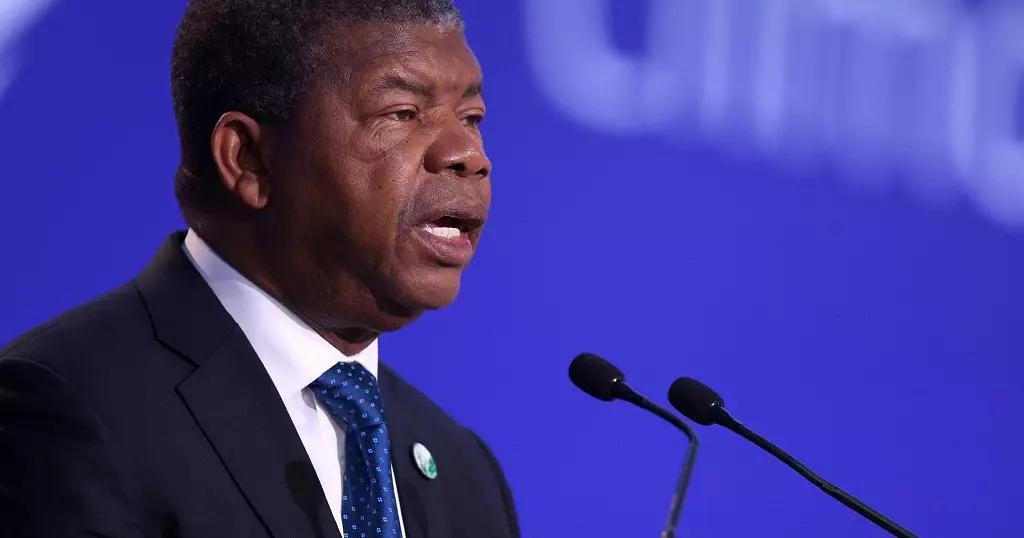Africa-Press – Angola. The Angolan Head of State and simultaneounsly President pro tempore of the African Union, João Lourenço, on Tuesday in Luanda highlighted the progress made by Angola in the construction and modernization of essential infrastructure over the 50 years of Independence, reaffirming the country’s commitment to the integrated development of Africa.
During the opening of the 3rd Summit on Infrastructure Financing in Africa, taking place in the Luanda boulevard, the Head of State recalled that Angola celebrated the 50th anniversary of National Independence to be marked on November 11th, a milestone that reflects half a century of continuous efforts to build, expand, and modernize economic and social infrastructure.
“Many of you will have landed at the new and modern Dr. António Agostinho Neto International Airport. We are also expanding the national road network, building more airports in some provincial capital cities, expanding and modernizing major ports, and building the new deepwater port of Caio in Cabinda,” said President João Lourenço.
In the energy sector, João Lourenço said that Angola currently has sufficient electricity generation capacity to meet national needs, but continues to invest in large projects, such as the Caculo Cabaça Dam, with a capacity of 2,172 megawatts.
The President also highlighted the country’s enormous hydroelectric potential, highlighting projects with an additional potential of over 8,000 megawatts in the Kwanza, Keve, Longa, and Cunene river basins, including the binational Baynes Dam Project that is shared with Namibia.
“We need to continue investing in the transmission and distribution network so that the energy produced can serve all industrial and domestic consumers. We will connect Cabinda to the national energy grid from Soyo using submarine cable”, the Statesman stated.
Sharing
João Lourenço stated that Angola intends to share part of its energy production with Southern African Development Community (SADC) and Central African countries through public-private partnerships that will enable the construction of cross-border transmission lines.
Regarding the water sector, the Chairman of the African Union presented structural projects such as BITA and Quilonga Grande, which is expected to increase the supply of drinking water to an additional 7.5 million inhabitants in the provinces of Luanda and Icolo e Bengo over the next two years.
He also mentioned the dams and channels of Cafu, Ndue, Calucuve, and Cova do Leão in Cunene province and also the water infrastructure of Bero, Bentiaba, Lucira and Inamangando in Namibe, as part of the program to combat the effects of drought in southern Angola.
Regarding telecommunications, the Head of State announced investments in a new earth observation satellite, complementing Angolan satellite ANGOSAT-II, and the expansion of the national fiber optic network, to democratize access to digital solutions and technological innovation throughout the country.
President João Lourenço emphasized that the ongoing investments are a fundamental part of Angola’s structural transformation, whose experience the country intends to share within the African Continental Free Trade Area (AfCFTA) and the African Union’s efforts to build a more integrated, modern and prosperous Africa.
“Our challenges still consume significant resources, but we are confident that the investments made so far and currently underway are a fundamental part of the structural transformation taking place in Angola, which we want to share within the framework of the African Continental Free Trade Area and the building of an integrated and prosperous Africa,” he said.
The Summit brings together Heads of State and Government, regional leaders, representatives of financial institutions, and international partners, with the aim of mobilizing resources and strengthening cooperation for the implementation of structural projects on the continent, in alignment with the African Union’s Agenda 2063.
For More News And Analysis About Angola Follow Africa-Press






